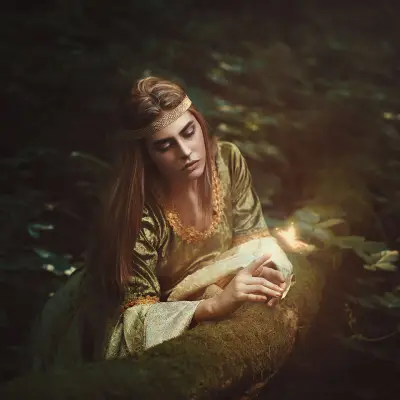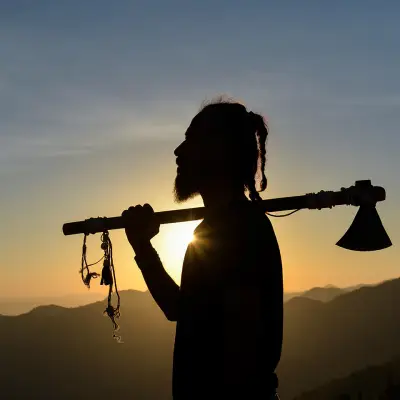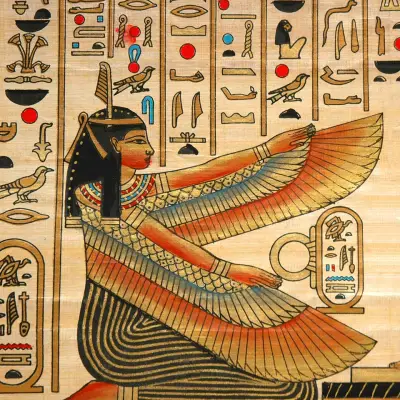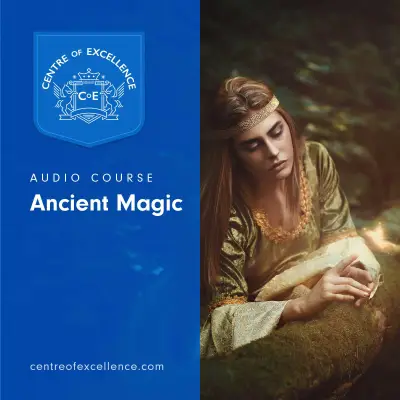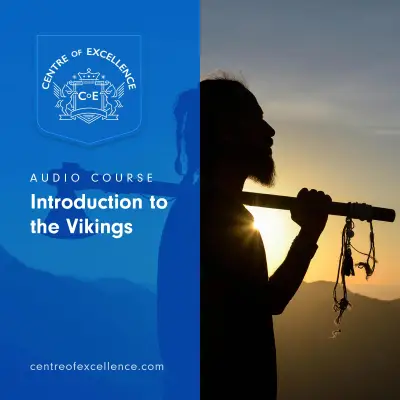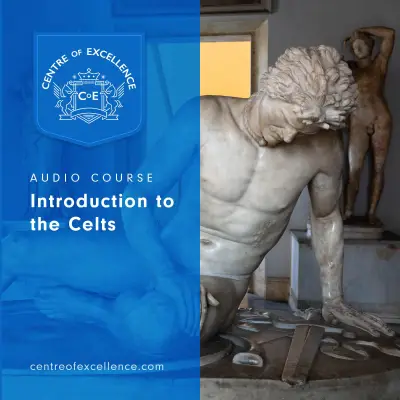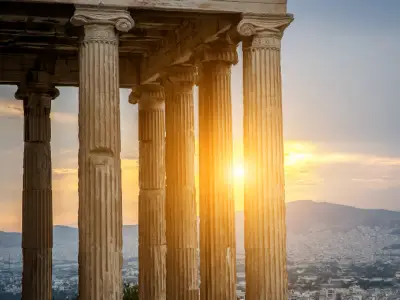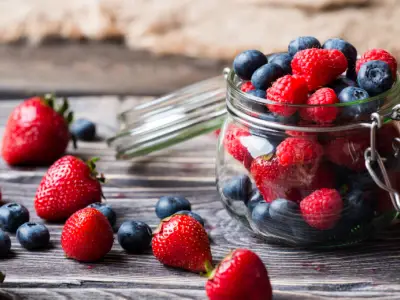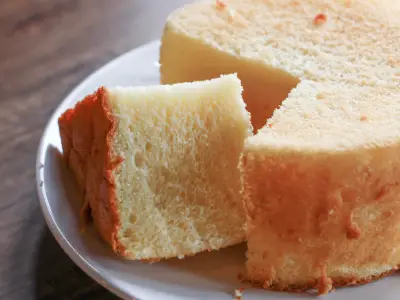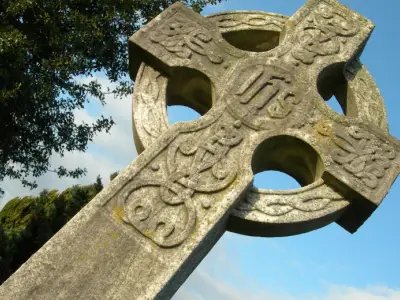With her enchanting beauty and eerie secrets, Huldra stands out as one of the most captivating forest spirits in Scandinavian folklore. Whether you’re drawn to her as a symbol of wild femininity, a warning about temptation, or simply as a mythical figure, there’s so much to uncover about her myths, powers, and legacy.
Jump to:
- Who Was Huldra in Norse Mythology?
- Huldra’s Myths
- The Role of Huldra in Norse Storytelling
- What Powers Did Huldra Possess?
- Symbols Associated with Huldra
- Huldra’s Lineage and Connections
- Why Is Huldra Special?
- Huldra in Modern Culture
- Huldra’s Worship and Legacy
- Frequently Asked Questions About Huldra
- Study Norse Mythology for £29
Recommended for you!
Best SellersWho Was Huldra in Norse Mythology?
Huldra, sometimes called skogsrå in Swedish folklore, is a supernatural forest being known for her beauty and mysterious nature. In Norwegian tales, she’s referred to as Huldra, meaning “hidden” or “secret,” a fitting name for a creature who often blends into the wilderness.
Typically, Huldra is described as a stunning young woman with long flowing hair, often golden, and an irresistibly alluring presence. But she’s not entirely human—her most telling feature is a cow’s tail, and in some versions of the huldra myth, she also has a hollow back that resembles a rotting tree trunk or a bark-covered cavity.
Huldra’s Myths
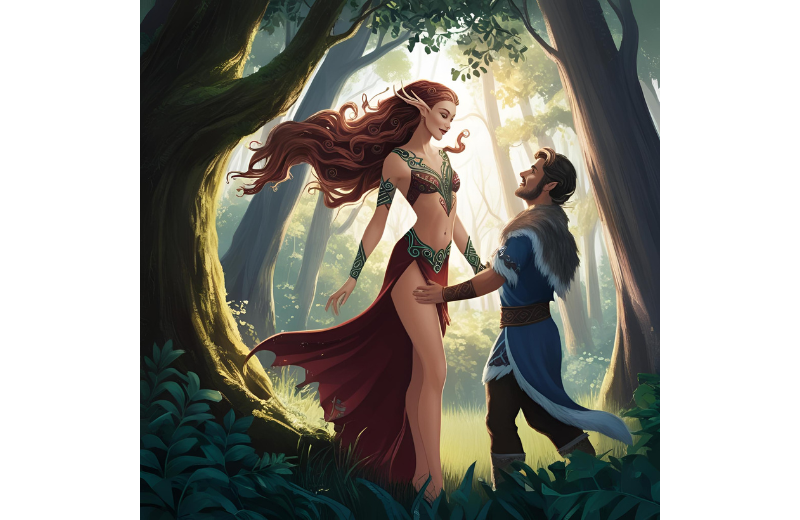
Stories of Huldra in Norse mythology are filled with beauty, mystery, and caution. Often shared around firesides in rural Scandinavia, these tales reveal how humans interact with the wild and the consequences of those encounters.
The Church Wedding
In one of the most well-known myths of Huldra, a man agrees to marry her and takes her to be wed in a church. As the ceremony concludes, her cow’s tail falls away, and she becomes fully human, free from the magic that once bound her to the forest.
However, the story ends with a sombre twist: once human, she loses her allure and vitality, and her personality becomes cold and melancholic. This myth is often interpreted as a warning against trying to tame or change someone’s true nature.
The Hollow Back Revealed
Another popular tale recounts the story of a curious man who follows a beautiful woman deep into the forest. Entranced by her charm, he nearly gives in to her advances until he walks behind her and sees the shocking truth—her back is hollow like a rotting tree.
Horrified, he flees, and depending on the version of the myth, he either escapes unharmed or is cursed for rejecting her. This story highlights the danger of judging by appearances and the fear of the unknown.
The Betrayed Huldra
In this myth, a man makes a promise to Huldra—perhaps to return to her, keep a secret, or never reveal her true identity. When he inevitably breaks his promise, Huldra’s gentle exterior vanishes.
She punishes him in some way—by luring him into the forest never to return, blighting his crops, or causing him to lose his mind. This tale serves as a reminder of the consequences of betrayal and the sacredness of one’s word in folklore.
The Role of Huldra in Norse Storytelling
Huldra isn’t one of the central Norse gods or goddesses, but she plays a unique role in folklore passed down through generations. Her tales reflect the importance of the natural world in Norse life, especially the mysterious and sometimes dangerous forests that surrounded people’s homes.
Unlike mythological figures like Odin or Freya, Huldra doesn’t appear in the Poetic or Prose Eddas—the major sources of Norse myth. Instead, she lives in the realm of folktales, where everyday people encounter magical beings. Her role is closer to that of a forest guardian, protecting her domain while interacting with humans in ways that are both enchanting and terrifying.
What Powers Did Huldra Possess?
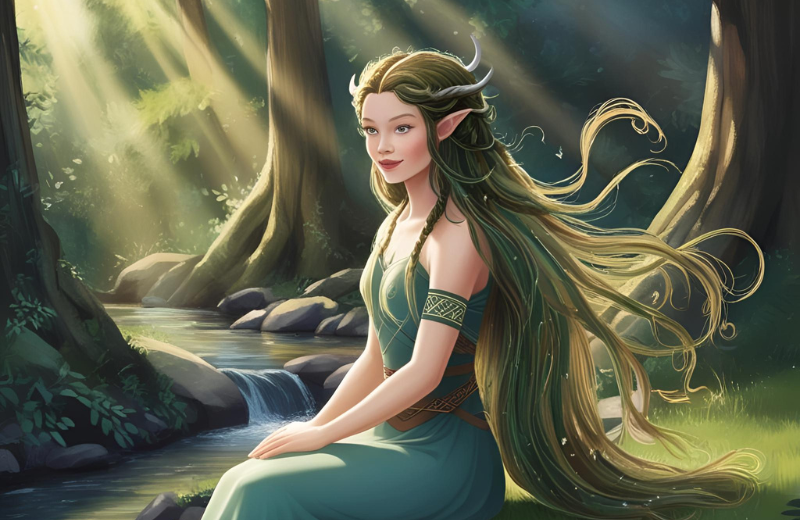
Huldra’s abilities were deeply rooted in enchantment and nature. She was known for:
- Enchanting Beauty and Seduction: Huldra could charm anyone who crossed her path, especially men. Her beauty was magical, capable of clouding minds and bending wills.
- Shapeshifting and Illusion: Some tales describe her as a shapeshifter, able to disguise her true form or manipulate her appearance, such as hiding her cow’s tail or hollow back from view.
- Control Over the Forest: Huldra’s power was strongest in the woods. She could guide travellers to safety—or lead them astray. In some stories, she helped hunters find game or cursed them if they disrespected the forest.
- Reward and Punishment: Huldra wasn’t malicious by default. She rewarded kindness with blessings and prosperity, but disloyalty or cruelty could earn severe consequences, including curses, madness, or misfortune.
Symbols Associated with Huldra

Huldra’s appearance and environment were rich with symbolic meaning. These symbols reflect her deep connection to nature and the idea that beauty can conceal something hidden.
- Cow’s Tail: This is her most iconic feature. It links her to the animal kingdom, showing that she’s a creature of the wild, not bound by human laws or culture.
- The Hollow Back: Huldra’s hollow back is a powerful symbol of deception and the unknown. It suggests that what appears perfect may hide a dark or empty truth—perhaps a missing soul, a secret past, or a divide from humanity.
- Forests and Trees: Huldra is often associated with deep, dark woods. Birch and pine trees are often connected to her presence. Whispers in the wind or a sudden stillness in the forest may signal that she’s nearby.
- Sounds of Nature: Her songs or distant laughter are part of her legend. These sounds symbolise both enchantment and warning—an invitation to follow, or a trap to be avoided.
Huldra’s Lineage and Connections
Huldra’s place in Scandinavian folklore is shaped by her mysterious origins and her subtle connections to a broader class of hidden forest beings. Though she isn’t part of the main Norse pantheon, she belongs to the huldrefolk—supernatural spirits said to inhabit the woods and wilds, unseen by most but deeply woven into the rhythms of nature.
In some tales, Huldra isn’t alone. She has male counterparts known as huldrekarl—lesser-known figures who share her magical connection to the forest but rarely appear in stories. Their presence suggests that Huldra is a member of a mysterious species of magical beings who dwell in nature’s untouched places.
While the focus of folklore is almost always on the female Huldra, male huldras are occasionally mentioned, reinforcing the idea of a broader lineage of forest spirits. These stories, though sparse, hint at a hidden world where both male and female huldras coexist, each embodying different aspects of the wild.
Huldra’s ties to this secretive realm help to set her apart. She is not bound by the same rules as the gods, yet her influence is no less potent. She bridges the gap between the known and the unknown, between the human world and the deep, ancient wilds.
Why Is Huldra Special?
Huldra’s allure lies in her dual nature. She is both captivating and dangerous, compassionate and merciless, generous and punishing. This blend of opposites reflects the way ancient Norse and Scandinavian cultures viewed the natural world—life-giving, yet unpredictable.
Her myths encourage a sense of humility and caution. They invite us to look beyond appearances, to consider the consequences of our actions, and to approach the world around us with care.
Huldra in Modern Culture

Huldra continues to influence modern literature, film, and gaming, often portrayed as a mysterious forest spirit with a hidden past. She appears in novels like Troll: A Love Story by Johanna Sinisalo and The Twisted Tree by Rachel Burge, both of which explore Norse myth through modern lenses.
In games such as Folklore, Year Walk, and God of War Ragnarök, Huldra-inspired figures add an eerie and enchanting element. On screen, she features in the Norwegian film Thale and the horror anthology series Bloodride, which draws directly from Scandinavian legends.
Today, Huldra is increasingly seen as a symbol of female strength and independence. Modern portrayals reimagine her not as a threat, but as a guardian of her world—powerful, self-directed, and morally complex. Her enduring appeal reflects a growing cultural fascination with nature, mystery, and characters who defy simple categorisation.
Huldra’s Worship and Legacy
Though not worshipped in the same way as the gods of Norse mythology, Huldra was certainly respected—and feared—by the people who believed in her. In rural Scandinavia, especially in Norway and Sweden, those living near dense forests often spoke of her in hushed tones and took care not to offend her.
Some traditions involved leaving offerings in the woods—simple tokens like food or milk—to appease the huldrefolk and ensure safe passage or good fortune. Others believed that speaking kindly of Huldra could keep her from becoming vengeful, while mocking or insulting her could bring misfortune.
Her legacy endures in regional folklore, place names, and oral traditions that continue to this day. In parts of Scandinavia, stories of the skogsrå—another name for forest spirits like Huldra—are still shared among families, especially in more remote or rural areas.
Recommended for you!
Best SellersFrequently Asked Questions About Huldra
Is it Huldra or Skogsrå?
Both names refer to similar beings. Huldra is the Norwegian name, while skogsrå is more common in Swedish folklore. Though there are regional differences, they share the same core traits—a beautiful, mysterious woman with supernatural powers and a hidden animal feature like a tail or hollow back.
Why do Huldra have holes in their backs?
The hollow back serves as a warning sign—what looks perfect on the surface might be hiding something unsettling. It symbolises deception, the unknown, and perhaps a lack of humanity. It's a striking way to contrast beauty with danger.
Who are the Huldra brothers Norse mythology?
Huldra’s brothers are rarely featured but are known as huldrekarl. These male forest spirits share her supernatural traits but are not as well-known in traditional stories.
Can Huldra be male?
Male huldras do exist in folklore, but they are not commonly mentioned. The focus is almost always on the female Huldra due to her strong presence in myth and storytelling.
Are there any stories where Huldra helps humans?
In some tales, Huldra acts as a guardian or protector, especially for those who show her kindness. She may guide lost travellers, protect livestock, or grant good fortune to respectful hunters and woodsmen. These stories remind us that Huldra’s powers are not solely for punishment—she can also be a generous ally.
What happens if you marry a Huldra?
Folklore suggests that if a man marries Huldra in a church, her magical traits—like the tail or hollow back—disappear, making her fully human. However, this transformation doesn’t always guarantee a happy ending. Some tales claim that once human, she loses her enchantment and may become bitter or sorrowful, indicating a loss of her true nature. It’s a powerful message about the cost of trying to change someone to fit into society’s norms.
Study Norse Mythology for £29
If Huldra has sparked your curiosity about Norse legends and forest spirits, there’s so much more to explore. Norse mythology is full of fascinating figures—gods, giants, creatures, and powerful women—each with their own stories, lessons, and mysteries.
You can deepen your understanding with the Norse Mythology Diploma Course from Centre of Excellence. Whether you’re a complete beginner or already have some knowledge, you’ll find our online course both informative and inspiring.


